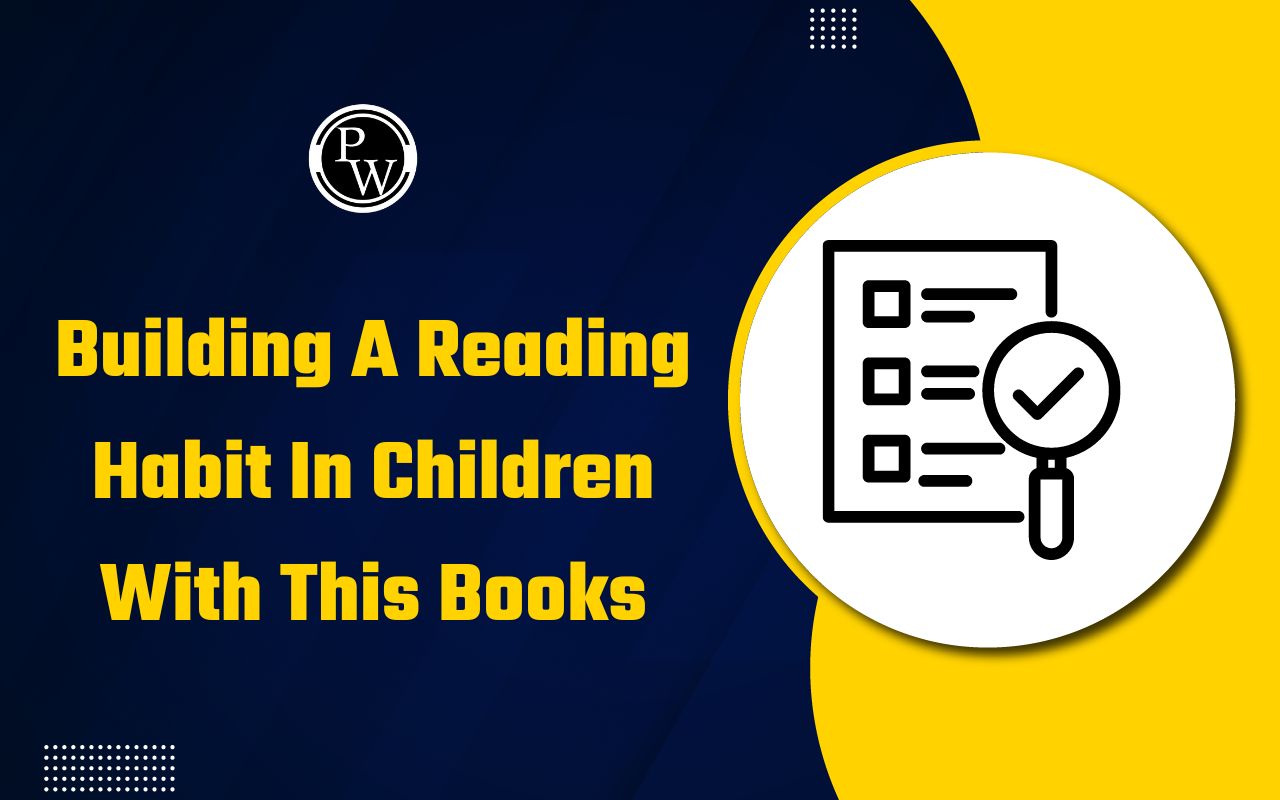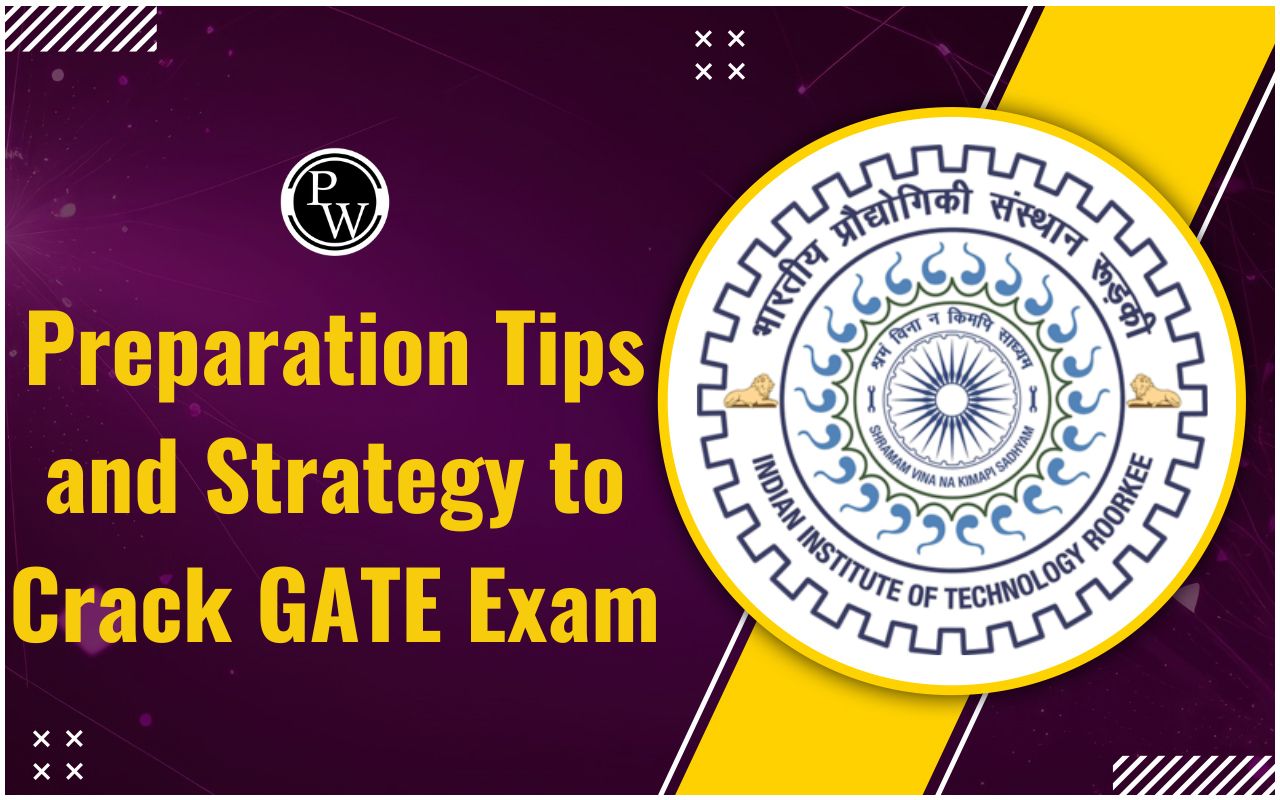NCERT Solutions for Class 9 Social Science History Chapter 2 Socialism in Europe and the Russia

Class 9 Social Science History Chapter 2 Socialism in Europe and the Russia:- The NCERT Solutions for Class 9 History Chapter 2 follow the latest CBSE syllabus and exam guidelines. This chapter, Socialism in Europe and the Russian Revolution, looks at the changes that took place after the French Revolution, which brought ideas like equality, liberty, and fraternity to Europe. However, these changes were not welcomed by everyone, and this led to the rise of different groups such as liberals, radicals, and conservatives.
In this chapter, you will learn about the spread of socialism in Europe and the key events of the Russian Revolution. To make your learning easier, we’ve included detailed answers to the Class 9 History Chapter 2 questions. Whether you’re studying for exams or just want to understand the topic better, this guide covers all the important points of Socialism in Europe and the Russian Revolution. You can find the full NCERT Solutions for Class 9 History Chapter 2 below, with clear answers to help you with your studies.
The session-ending exams are fast approaching, so it’s time to accelerate your preparation for Class 9 History! One of the key chapters you’ll need to focus on is Socialism in Europe and the Russian Revolution (History Ch 2 Class 9). Before jumping into your studies, make sure to read the chapter carefully. Understanding the key events that led to the rise of socialism in Europe and the Russian Revolution will help you perform well in your exams.
To make things easier, you can rely on the NCERT Solutions for Class 9 Social for clear explanations and important question answers. Whether you're looking for NCERT Class 9 History Chapter 2 or need help with NCERT Solutions Class 9 History Chapter 2, these resources provide step-by-step solutions to help you understand the concepts thoroughly.
NCERT Solution for Class 9 History Chapter 2
Check out the Russian Revolution class 9 NCERT Solutions below:-
1. What were the social, economic and political conditions in Russia before 1905?
Answer: Social Condition: Workers in Russia were a diverse group with varying connections to urban and rural life. Some maintained strong ties to their villages, while others had permanently settled in cities. They were also divided by their skill levels, which was evident in their clothing and behaviour.
Economic Condition: Most industries were privately owned by industrialists, although large factories were government-supervised. Industrial growth was concentrated in specific regions. The 1890s saw significant expansion due to the extension of Russia’s railway network, increased foreign investment, and a rise in coal production, which doubled, while iron and steel output quadrupled.
Political Condition: Russia was an autocracy, with the Tsar holding absolute power and not being accountable to a Parliament, unlike other European nations. Liberals in Russia campaigned for political reform to change this system.
Struggle for Peasants’ Rights: The Socialist Revolutionary Party fought for the rights of peasants. The year 1905 marked the tragic event known as ‘Bloody Sunday,’ where around 100 workers were killed and about 300 were injured. This incident triggered a series of events that became known as the 1905 Revolution.
Check out: NCERT Solutions for Class 9 History Chapter 1 The French Revolution
2. In what ways was the working population in Russia different from other countries in Europe, before 1917?
Answer: The vast majority of Russia's population were engaged in agriculture, with approximately 85% of the Russian Empire's inhabitants relying on farming for their livelihoods. This proportion was significantly higher compared to most European countries, where the figures ranged from 40% to 50% in France and Germany. Russian cultivators grew crops both for market sale and personal consumption, making Russia a major exporter of grain.
3. Why did the Tsarist autocracy collapse in 1917?
Answer: After 1905, trade unions and factory committees were banned, and political activity faced restrictions. The Tsar quickly dismissed the first two Dumas to avoid any challenge to his authority, and the third Duma was dominated by Conservatives. During World War I, the Tsar made unilateral decisions without consulting the Duma. As Russian soldiers retreated, they burned large areas of agricultural land and destroyed buildings under the Tsar’s orders, resulting in massive casualties. With the majority of the population being peasants and land controlled by a few, these issues contributed to the rise of revolution and the collapse of Tsarist autocracy.
Check out: Class 9th Books
4. Make two lists: one with the main events and the effects of the February Revolution and the other with the main events and effects of the October Revolution. Write a paragraph on who was involved in each, who were the leaders and what was the impact of each on Soviet history.
Answer: Main Events of the February Revolution
-
Food Shortages: In February 1917, workers faced severe food shortages.
-
February 23: A factory lockout on the right bank triggered strikes in fifty factories, with women playing a crucial role.
-
February 25: The government suspended the Duma.
-
February 27: Police headquarters were ransacked, and demonstrations erupted with demands for bread, better wages, working hours, and democracy. The Petrograd Soviet was established.
-
March 1917: The Tsar abdicated, ending the monarchy. A Provisional Government was formed by Soviet and Duma leaders.
Effects of the February Revolution
-
Public Freedoms: Restrictions on public meetings and associations were lifted.
-
Soviets: Local Soviets, including the Petrograd Soviet, were established without a uniform election system.
-
Trade Unions: Their numbers increased.
-
Factory Committees: Formed in industrial areas to oversee factory management.
-
Soldiers’ Committees: Created within the Army.
-
Bolshevik Influence: Grew as the Provisional Government’s power waned.
-
Land Redistribution: Land committees were set up to handle land distribution, meeting the demands of peasants and socialist leaders.
Main Events of the October Revolution
-
Rising Tensions: As conflict between the Provisional Government and Bolsheviks intensified, Lenin feared a potential dictatorship and began organizing an uprising.
-
October 16, 1917: Lenin secured agreement from the Petrograd Soviet and Bolshevik Party for a socialist takeover. The Military Revolutionary Committee, led by Leon Trotsky, was tasked with the seizure.
-
October 24, 1917: The uprising began. Government troops seized two Bolshevik newspaper offices and attempted to control communication and the Winter Palace. In response, Bolshevik supporters seized government offices, arrested ministers, and the ship Aurora bombarded the Winter Palace. By the end of October, Bolsheviks controlled the city, and ministers had resigned. By December, the Bolsheviks controlled the Moscow-Petrograd area.
Effects of the October Revolution
-
Nationalization: Industries and banks were nationalized by November 1917, with the government taking over ownership and management.
-
Land Reforms: Land was declared social property, and peasants seized land from the nobility.
-
Urban Changes: Bolsheviks partitioned large city houses according to family needs.
-
Abolition of Titles: Aristocratic titles were banned.
-
New Uniforms: Designed for the army and officials.
-
Party Rebranding: The Bolshevik Party was renamed the Russian Communist Party (Bolshevik).
-
Constituent Assembly: Bolsheviks failed to gain a majority in the assembly, which was subsequently dismissed by Lenin.
-
Government Structure: The All-Russian Congress of Soviets became the country's parliament, establishing a one-party state.
-
Control and Censorship: Trade unions were controlled by the party, and the Secret Police enforced strict penalties for dissent. Despite this, many young artists and writers supported the Party, and the Bolsheviks undertook various experiments in arts and architecture, though censorship led to dissatisfaction.
5. What were the main changes brought about by the Bolsheviks immediately after the October Revolution?
Answer: By November 1917, industries and banks were nationalized, and land was made social property for peasants. The Bolsheviks partitioned large city houses and banned aristocratic titles. New uniforms were introduced, and the Bolshevik Party became the Russian Communist Party (Bolshevik). After failing to secure a majority in the constituent assembly, Lenin dismissed it. The All-Russian Congress of Soviets became the parliament, creating a one-party state. Trade unions and the arts were controlled by the party, with dissent suppressed and many artists continuing to support the Party despite censorship.
Read More: CBSE Class 9 Question Bank PDF Download
6. Write a few lines to show what you know about:
Answer:- Kulaks: Wealthy peasants who, according to Stalin, were hoarding grain for profit. When towns experienced severe grain shortages, Kulaks were blamed. Stalin aimed to eliminate them to modernize farms.
The Duma: In 1905, the Tsar allowed the creation of an elected consultative Parliament, or Duma. He dismissed the first Duma within 75 days and re-elected the second Duma after three months, changing voting laws to favor conservatives and exclude liberals and revolutionaries.
Women Workers (1900-1930): Women workers earned less than men and comprised 31% of the factory workforce.
The Liberals: They advocated for equal treatment of all religions and supported voting rights only for property-owning men. They wanted a parliamentary system of governance.
Stalin’s Collectivization Program: Initiated in 1929, this program aimed to improve grain supplies by forcing peasants into collective farms (Kolkhoz). However, it worsened the food supply situation.
Check out: Class 9th Revision Books
Class 9 History Chapter 2 Summary
Class 9 History Chapter 2, titled "Socialism in Europe and the Russian Revolution," includes the major social and political changes in Europe during the 19th and early 20th centuries. Here's a summary:
1. The Rise of Socialism
-
Socialism emerged in response to the harsh conditions faced by workers in the rapidly industrializing Europe. It advocated for the creation of a society where wealth and power were distributed more equally.
-
Key figures like Karl Marx and Friedrich Engels played crucial roles in developing socialist theories, which criticized the capitalist system and proposed a classless society.
2. The Russian Revolution
-
The chapter focuses on the Russian Revolution of 1917, which led to the overthrow of the Tsarist autocracy and the rise of the Bolsheviks, a socialist faction led by Vladimir Lenin.
-
The revolution was driven by widespread discontent with the existing political and economic system, exacerbated by World War I and poor living conditions.
3. Impact and Consequences
-
The Bolshevik Revolution resulted in the establishment of a communist government in Russia, which sought to implement socialist ideals. This had profound effects on Russian society and politics.
-
The chapter also highlights the global impact of the Russian Revolution, influencing socialist movements and political ideologies worldwide.
Check out: Class 9th Combo Set of 5 Books
Socialism in Europe and the Russian Revolution Class 9 History 2 FAQs
Q1. What is the main focus of Chapter 2 in Class 9 History?
Ans. The chapter focuses on the rise of socialism in Europe and the Russian Revolution of 1917, examining the ideological shift towards socialism and its impact on Russian society and global politics.
Q2. Who were the key figures in the development of socialist ideas?
Ans. Karl Marx and Friedrich Engels were pivotal in developing socialist theories. Their works, such as "The Communist Manifesto," critiqued capitalism and advocated for a classless society.
Q3. What were the primary causes of the Russian Revolution?
Ans. Major causes included dissatisfaction with the autocratic Tsarist regime, economic hardship, social inequality, and the impact of World War I on Russian society.
Q4. How did socialism address the issues caused by industrial capitalism?
Ans. Socialism aimed to address inequalities by promoting the redistribution of wealth and power, advocating for worker rights, and seeking to create a more equitable society.
Q5. What role did the Bolsheviks play in the Russian Revolution?
Ans. The Bolsheviks, led by Vladimir Lenin, played a central role in the Russian Revolution. They overthrew the provisional government and established a communist state based on socialist principles.











